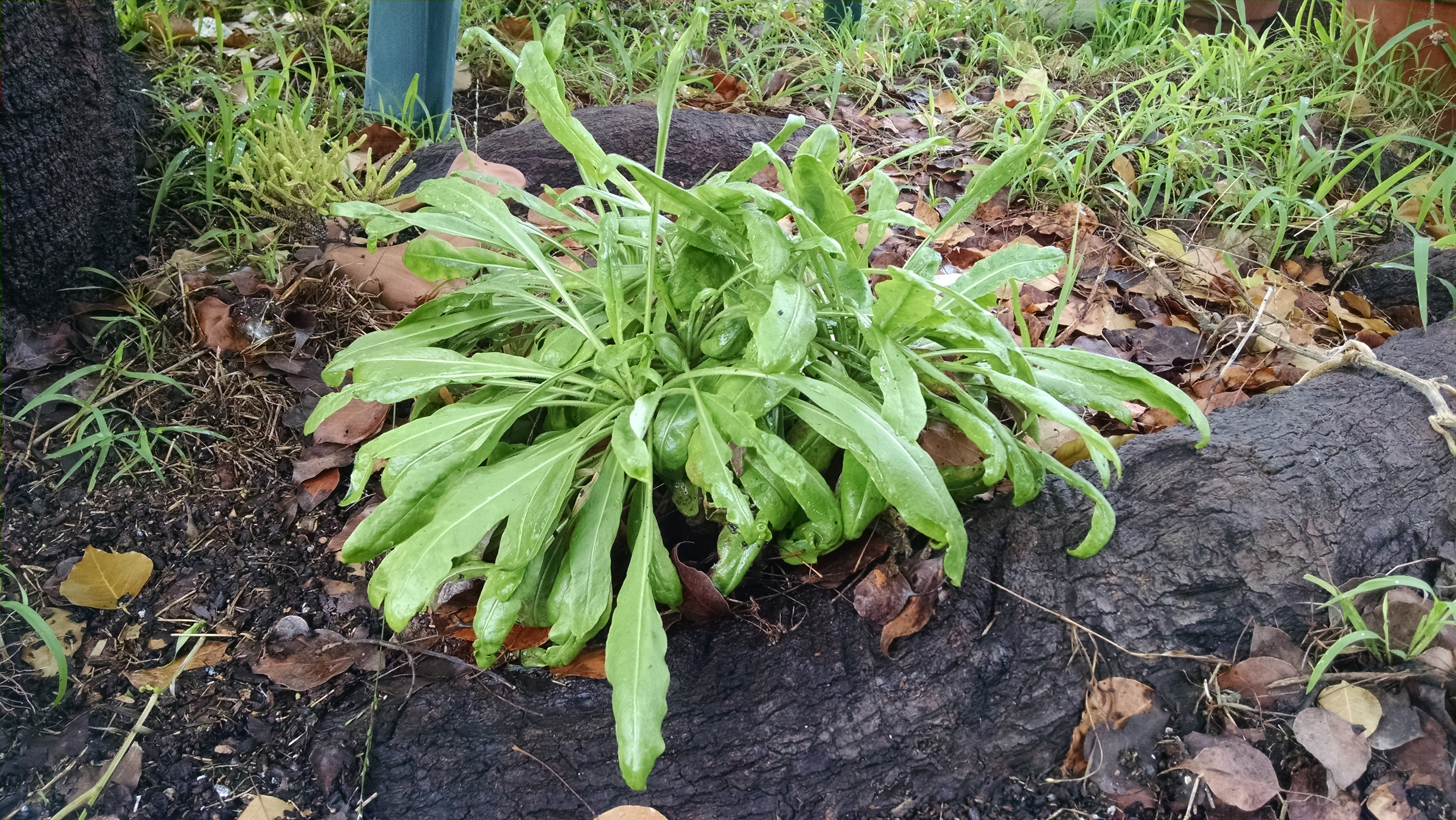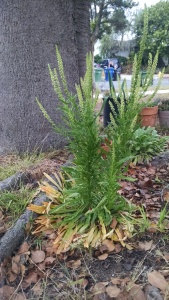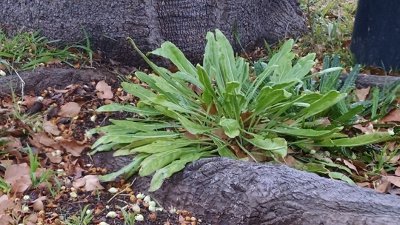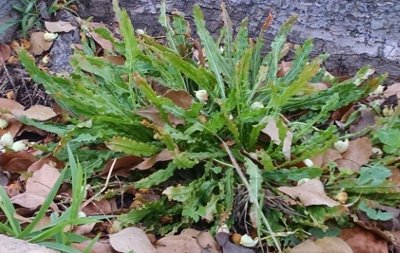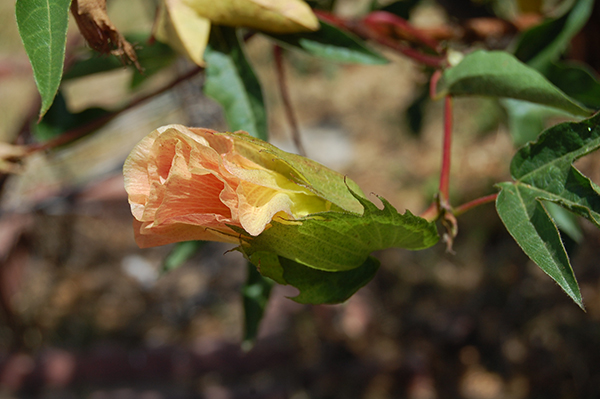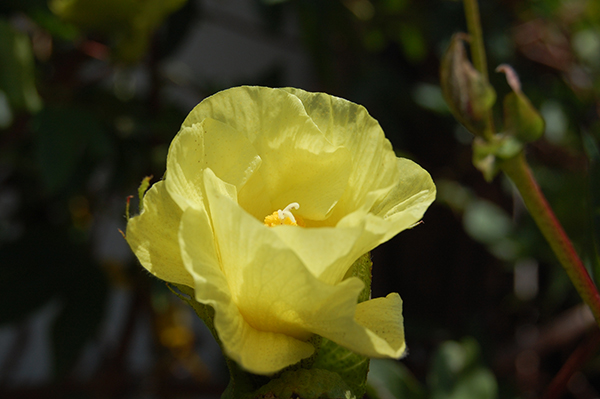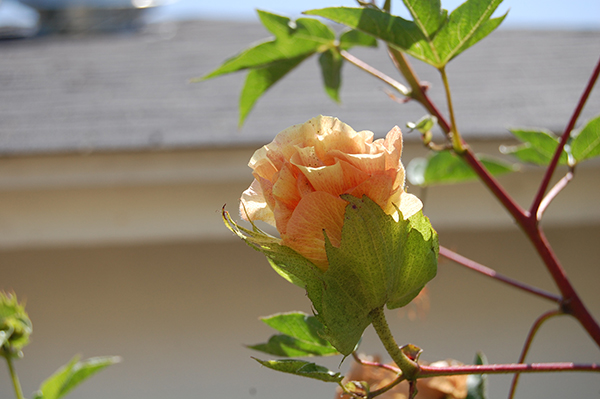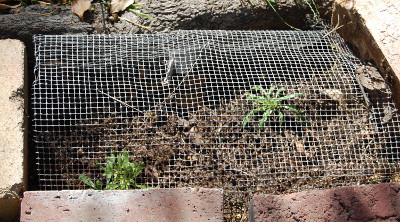From the LA Times, “Why ‘Natural’ Doesn’t Mean Anything Anymore”
“Natural” and the definitions of that word have been on my mind lately. I’m taking my first, bumbling steps at teaching a dye plant workshop and while my description would be “vegetable dyes” everyone seems to be calling it “natural dyes”. And yes, this does involve working with plant based dye materials that occur in nature, I find the term “natural” kind of misleading or at least confusing.
“Natural dyes” seems to imply methods that are safer, non-polluting, better for the environment, etc. As the kids say, Not. Or at least not necessarily. From what I’ve read on the subject it appears that dye work was often a pretty nasty, polluting industry. Supposedly in time of Elizabeth I (England) the dyers had to work some specified distance from town because of the stench. Remember the stale urine for indigo?
Chemical additives – mordants, however “natural” in origin were often poisonous for the dyers and polluted water sources that material was dumped into. Which is not to say one can’t use mordants safely but with the same safety practices and precautions one would use with synthetic dyes.
Aren’t natural dyes safer than synthetic dyes?: Paula E. Burch, Ph.D. ( Her All About Hand Dyeing is an excellent dye resource.) In this (web) article Burch points out that “..Some natural dyes are almost perfectly safe; others are quite toxic. Some synthetic dyes are safe even to eat; others are too toxic to bring into your home. ” Know what you are using and how to use it safely. Respect your materials.
Also see: Natural vs synthetic: from Dharma Trading Co.
Although I’d like think I know how to handle mordants safely, I do work at home, in my kitchen and don’t live alone (other people, animals) so I prefer not to use anything stronger than Alum (potassium aluminum sulfate) and Tartar. (I used to use Copper and Iron but phased that out a few years ago.)

 With wool I manage color range by using white, lite, medium and dark sheep gray from Bartlett Yarns. The only other fiber I work with is cotton and I’m trying out using white, brown and green cotton for the range but that is still in the we’ll-see phase.
With wool I manage color range by using white, lite, medium and dark sheep gray from Bartlett Yarns. The only other fiber I work with is cotton and I’m trying out using white, brown and green cotton for the range but that is still in the we’ll-see phase.




